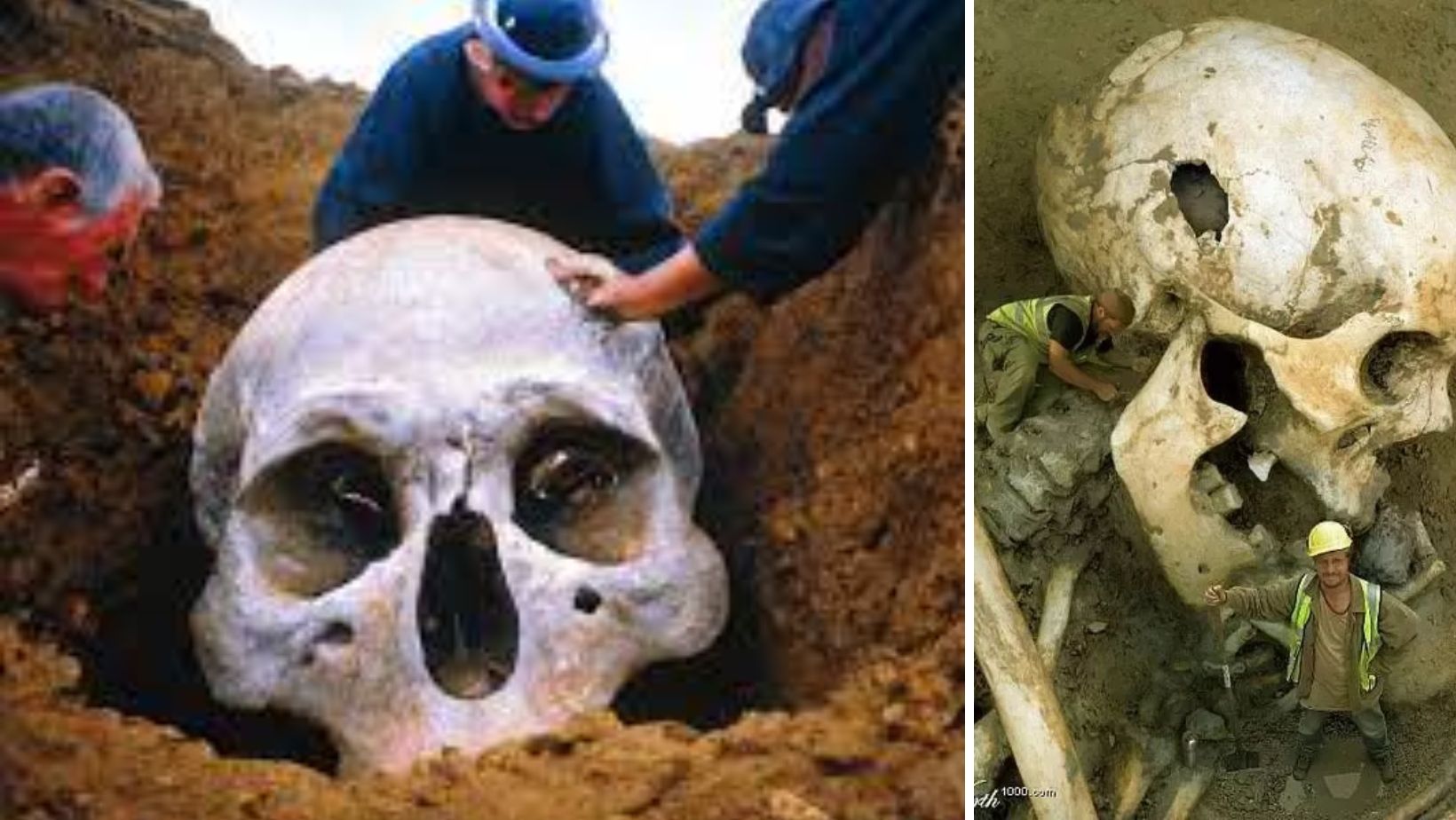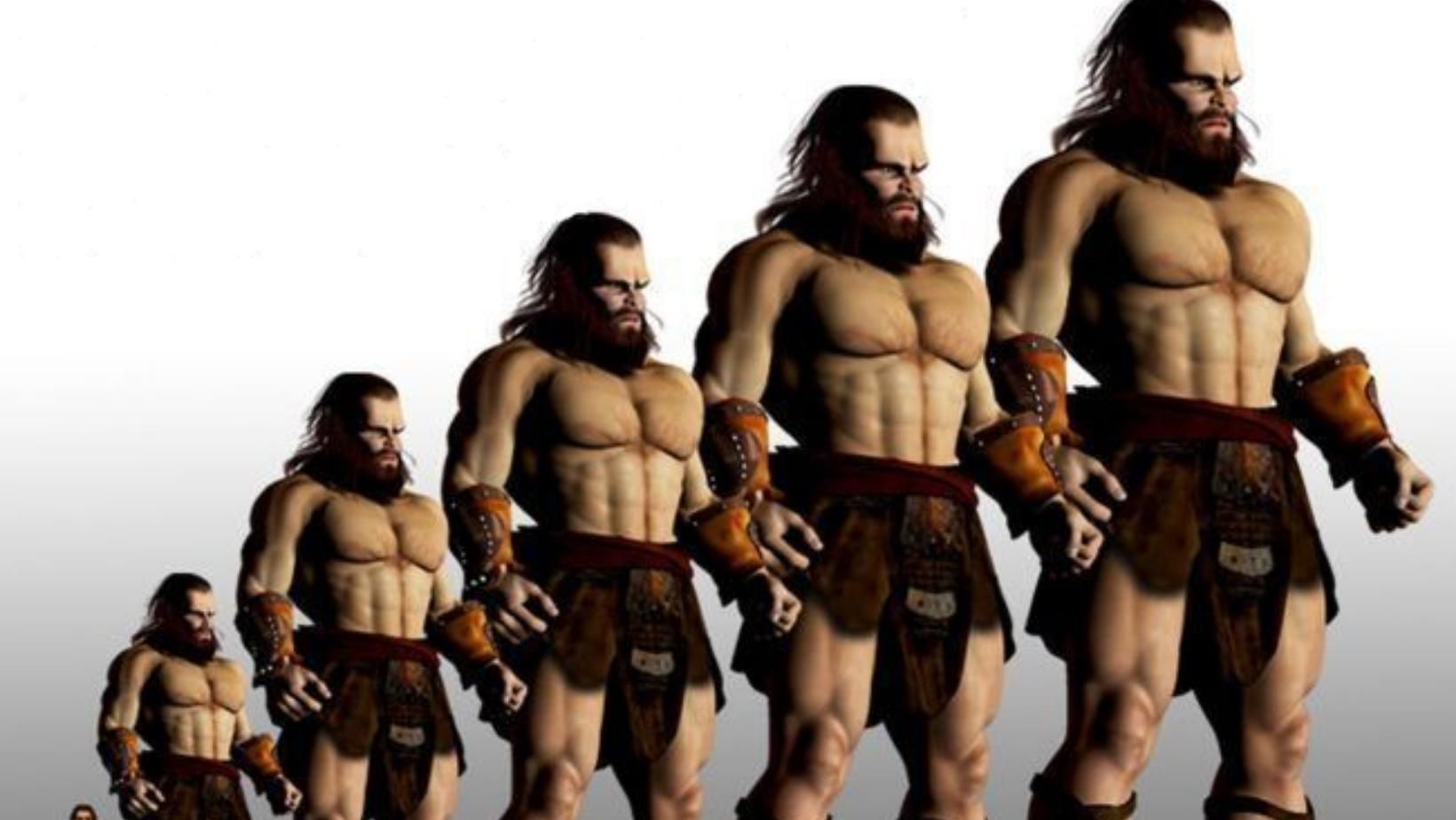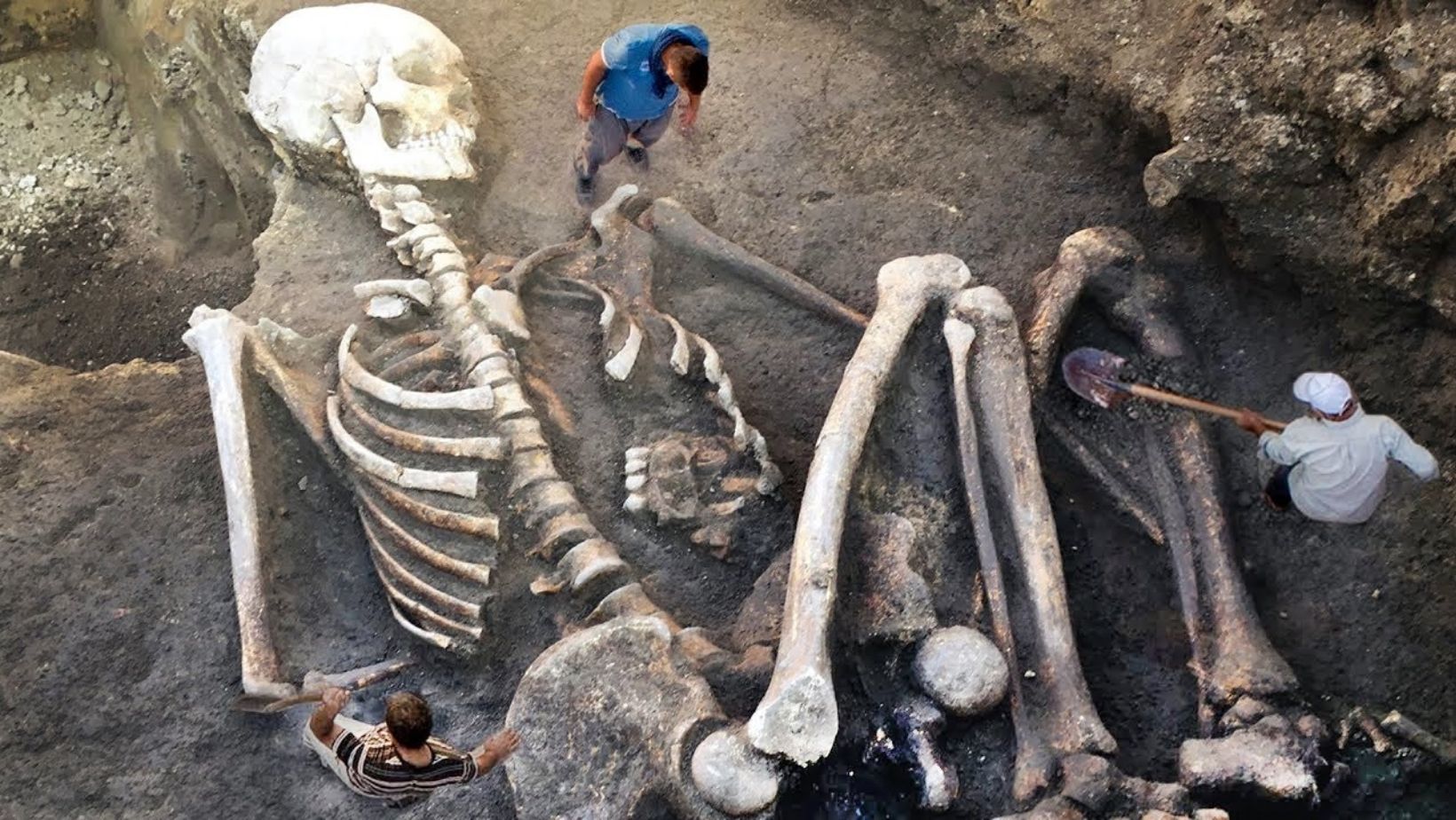As Amazon affiliates we may earn a commission if you purchase a product at no cost to you.
In the age of digital information, where misinformation can spread like wildfire, it becomes our responsibility to differentiate between fact and fiction. One such topic that has recently caught the attention of many is the speculation surrounding ancient giant humans. Notably, there have been various claims stating that the National Geographic Society has discovered proof of these colossal beings. However, it is essential to address the veracity of these claims and set the record straight.
Setting the Record Straight
The National Geographic Society, known for its meticulous and unbiased research, has been at the forefront of global exploration for over a century. Their mission is to illuminate the world's wonders through the art and science of storytelling. Yet, to date, there's no record or publication from the society that confirms the discovery or even the existence of ancient giant humans.
Origins of the Misinformation
The question then arises: where did this narrative originate?
Numerous doctored photographs and manipulated images have flooded the internet over the years, some of which are claimed to be from reputable sources. These photos, often of archeological digs revealing large skeletal remains, can be easily misconstrued by the untrained eye. It is these misleading visuals that have fed the rumors and created a distorted perspective on the matter.
What Does the Science Say?
When we delve into the scientific community's consensus, it becomes clear that there's a lack of tangible evidence to support the claims of ancient giants. Anthropologists and archeologists, who dedicate their lives to studying human history, have not uncovered any skeletal remains or artifacts that would indicate the presence of such beings in our evolutionary timeline.
Potential Misinterpretations and Natural Phenomena
It is worth noting that throughout history, there have been certain individuals who have displayed gigantism – a condition caused by the overproduction of growth hormones. Such individuals can reach heights considerably taller than the average person. It's plausible that stories of these individuals, especially in prehistoric contexts, might have been exaggerated over time, leading to legends of "giants" in ancient civilizations. Moreover, certain large dinosaur bones might have been mistaken for "giant human" bones by early discoverers, further fueling myths and legends.

Consequences of Spreading Misinformation
Propagating unverified information, especially when it pertains to scientific or historical claims, can be damaging. Not only does it undermine genuine research efforts, but it also misleads the public, making it challenging to separate fact from fiction. By understanding and recognizing the origins of such misinformation, we can better equip ourselves to question, research, and arrive at informed conclusions.
In an era characterized by the rapid dissemination of information, discerning the line between fact and fiction is more crucial than ever. One intriguing narrative that has persistently captured public imagination concerns the existence of ancient giant humans. Several sources have propagated the notion that the National Geographic Society has unearthed evidence of such beings. This article seeks to examine these claims, ensuring clarity and dispelling myths.
The National Geographic Society's Legacy of Integrity
Founded in 1888, the National Geographic Society has been synonymous with exploration, research, and conservation. Its reputation rests on rigorous investigative methodologies and unparalleled dedication to factual storytelling. Throughout its illustrious history, no credible documentation from the society suggests any validation of ancient giant humans.
The Web of Misinformation: Its Proliferation and Origin
Misinformation, especially in the digital age, can be likened to a contagion, spreading unchecked and mutating as it passes from source to source. But how did the narrative around the ancient giants become so intertwined with the name of a respected institution like National Geographic?
A primary culprit is the array of doctored photographs and deceptive imagery available online. These manipulated visuals often showcase archeological sites with purportedly giant skeletal remains. Such misleading images have been pivotal in cementing misconceptions, especially when shared indiscriminately.
The Science Behind Our Ancestors: The Ground Reality
Science, in its essence, is rooted in evidence and consensus. The broader anthropological and archaeological community has, over decades of intensive research, not identified any substantial evidence pointing to the existence of ancient giant humans. From fossil records to DNA analysis, nothing indicates a deviation from the recognized evolutionary pathways.

Decoding Historical Narratives and Nature's Anomalies
History and folklore are rich with tales of gigantic beings, heroes, and gods. But could there be a kernel of truth hidden within these legends? Occasionally, individuals might manifest with gigantism, a medical condition arising from excessive growth hormone. These individuals, due to their unusual stature, might have been historically revered or feared, leading to magnified tales passed down through generations.
Furthermore, early civilizations, upon unearthing large dinosaur or megafauna bones, may have misconstrued them as remnants of giant ancestors. Such discoveries, without the benefit of modern scientific understanding, could have inadvertently birthed legends.
The Ripple Effect: Implications of Perpetuating Myths
Endorsing or even passively sharing unfounded theories can create a domino effect, with severe implications for the academic and scientific communities. It can overshadow genuine discoveries, skew public perceptions, and redirect essential funding or resources towards debunking falsehoods rather than advancing knowledge. In an age where critical thinking is paramount, it is our collective duty to approach such topics with skepticism and a commitment to truth-seeking.

Conclusion
The seductive charm of tales about ancient giant humans is undeniable. Yet, as guardians of knowledge and truth, our allegiance must lie with evidence and authenticity. To reiterate, the National Geographic Society has not validated, through any of its comprehensive research endeavors, the existence of ancient giant humans. As consumers of information, let us champion diligence, precision, and an unwavering commitment to factual integrity.









